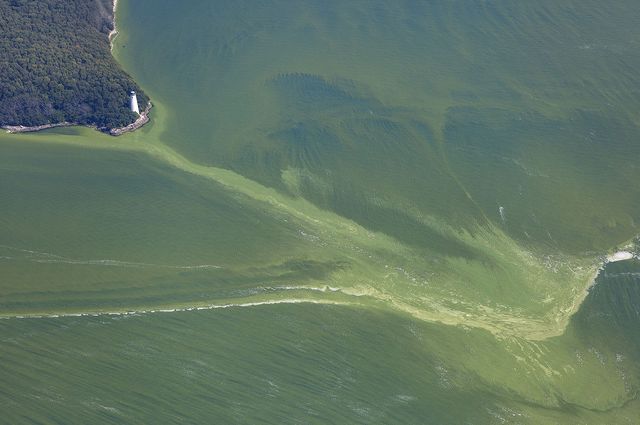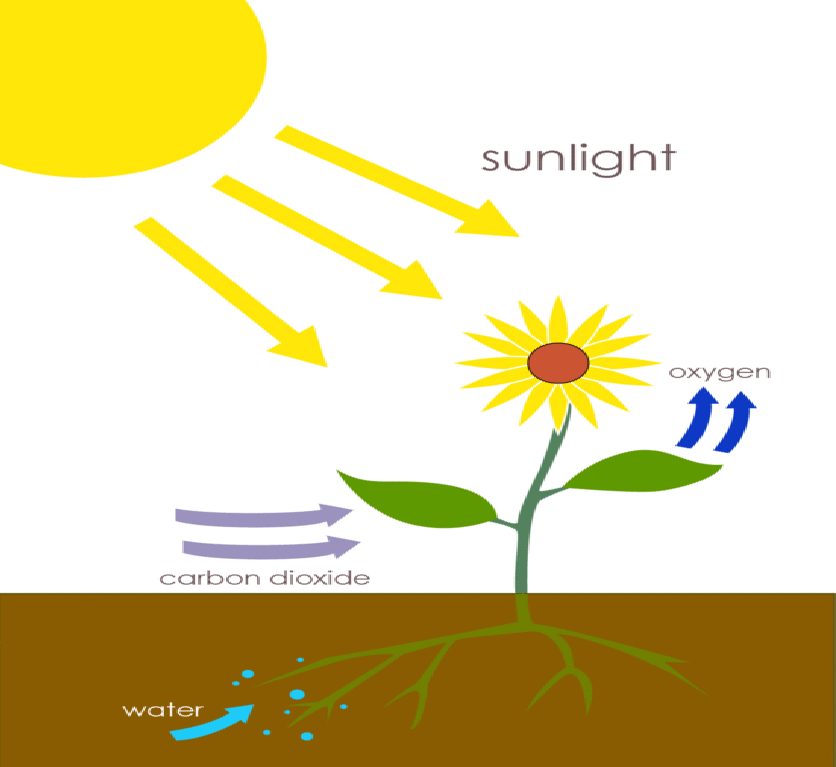Dangerous algal blooms pose a novel poisonous risk in Lake Erie’s central basin, new analysis has discovered.
Not solely do blooms routinely happen on this space, they will additionally produce forms of cyanobacterial toxins that aren’t sometimes detected by way of routine water-safety monitoring, in accordance with a study published in the Journal of Great Lakes Research.
“The cyanobacteria we discovered within the central basin are fully completely different from what we’ve seen within the Toledo space within the western basin,” stated lead researcher Justin Chaffin, a senior researcher and analysis coordinator at The Ohio State College’s Stone Laboratory.
“That’s troubling as a result of water remedy vegetation aren’t sometimes set as much as search for this micro organism or the toxins they create. It requires costlier, extra refined tools.”

Dangerous blue-green algal blooms and the poisonous microcystins that accompany them have been a persistent risk within the lake’s western basin. However till this research, bloom-related toxins hadn’t been formally documented and analyzed within the central basin.
A number of years in the past, environmental scientists started listening to stories of dangerous algal blooms within the central basin, within the waters simply west of Cleveland. This was stunning on the time, as a result of the specialists thought these environmental threats had been concentrated primarily close to Toledo, Chaffin stated.
The water within the central basin hadn’t been regarded as pleasant to cyanobacteria as a result of it isn’t as heat or nutrient-rich as within the western basin, the place nitrogen and phosphorous is plentiful due to agricultural runoff introduced in by the Maumee River.
The analysis staff sampled the water in 4 areas from 2013 to 2017 and analyzed satellite tv for pc photos taken earlier than then for proof of blooms. They discovered a cyanobacterium known as Dolichospermum within the central basin throughout early-season blooms in July. This cyanobacterium is able to producing a toxin that may assault the central nervous system in people, and the researchers discovered genetic proof that the bloom has the potential for the neurotoxin.
“What this implies is that in the event you’re a water plant operator in Cleveland, you need to be prepared by late June or early July for cyanobacteria as a result of they do have the potential to provide a very potent toxin. It is also an issue for beachgoers if there’s a north wind and these blooms collect alongside the Ohio shoreline,” Chaffin stated.
Researchers have shared these findings with the Ohio Environmental Safety Company and with water plant operators, he stated.
Later within the season, the researchers discovered the cyanobacterium Microcystis – the chief troublemaker within the western basin, which feeds off of extra phosphorous – within the central basin. The toxins, known as microcystins, that it produces are most dangerous to the liver and in addition a risk to the kidneys and reproductive system. Water plant operators routinely search for microcystins.
Determining exactly what’s inflicting these surprising algal blooms within the central basin would require extra work, Chaffin stated.
“We nonetheless can’t pinpoint what’s actually inflicting these blooms as a result of it’s a posh interplay of a number of elements,” he stated.

However the brand new research did discover proof that it’s a mixture of low ranges of iron (which decreases nitrogen availability), muddy water and a pressure of Dolichospermum tailored to cooler waters.
The researchers discovered an affiliation between central basin blooms and decrease water readability – that means that when the water is muddier, the probability of dangerous blue-green algae goes up. There’s additionally proof that iron performs a task. If there’s not sufficient iron, useful algae’s development is suppressed, however the dangerous algae discovered on this research seemingly flourish as a result of they’re environment friendly at capturing iron when the nutrient is briefly provide, Chaffin stated.
Continuous work to cut back sediments, which result in decrease water readability, is essential, he stated. And although phosphorous and nitrogen – which have pushed blooms within the western basin – aren’t current in excessive concentrations within the central basin, minimizing them is essential to Lake Erie’s general well being, he stated.




